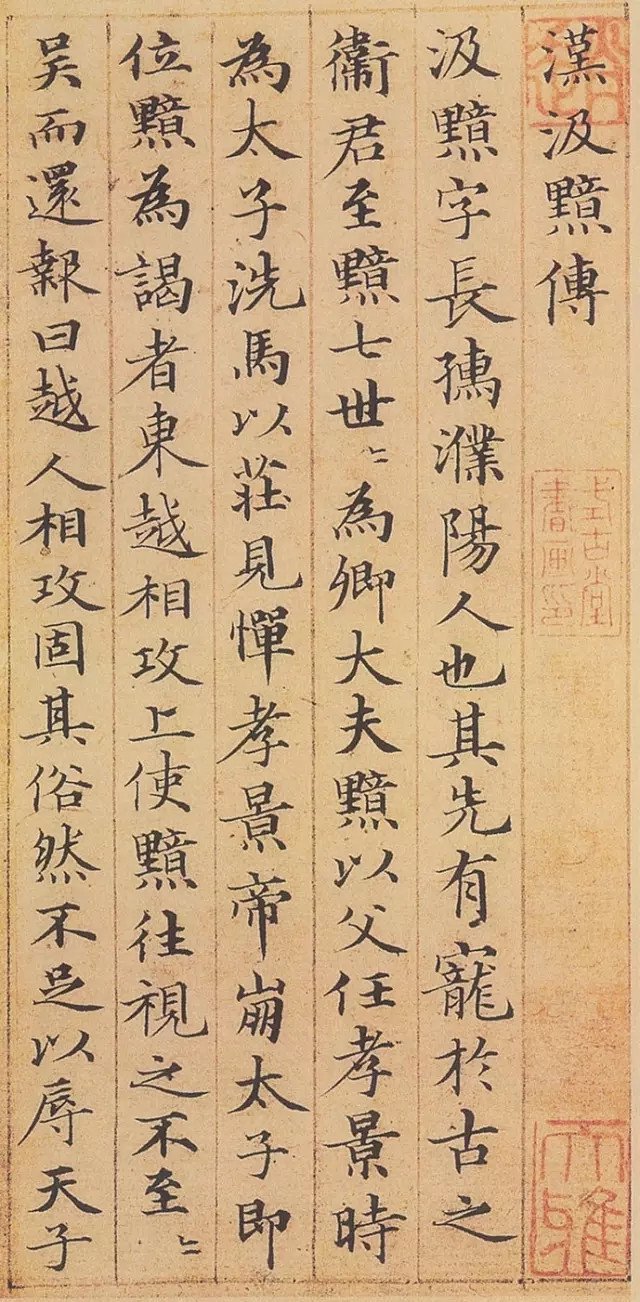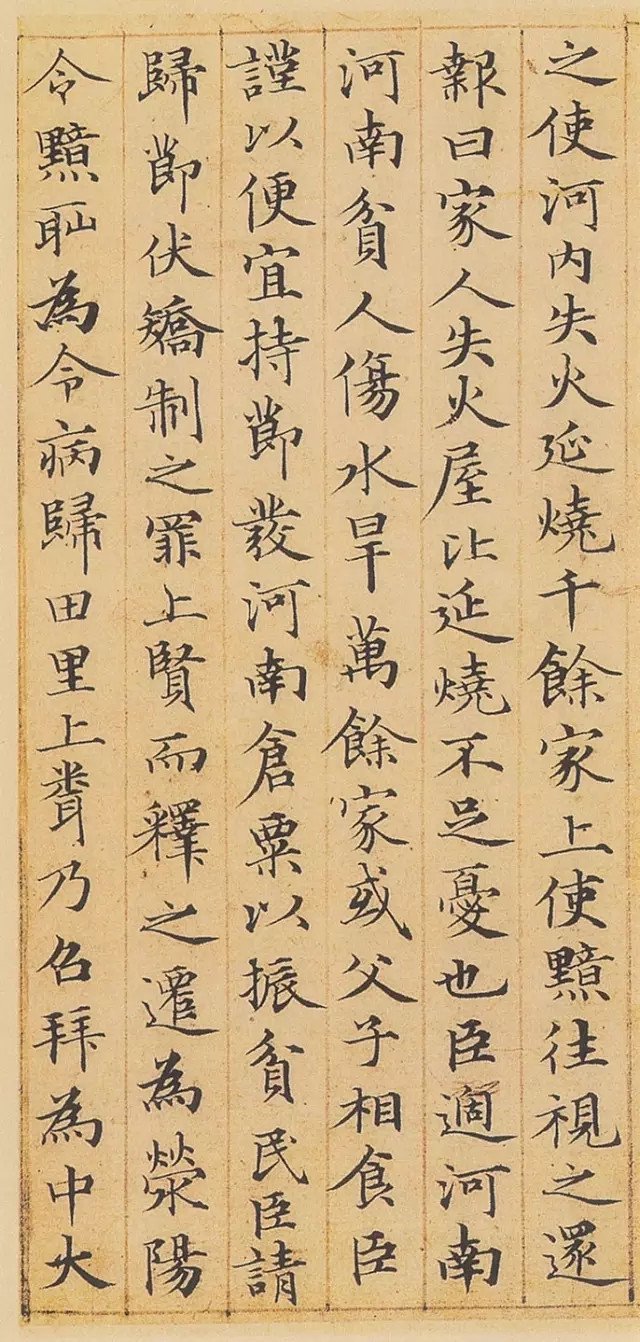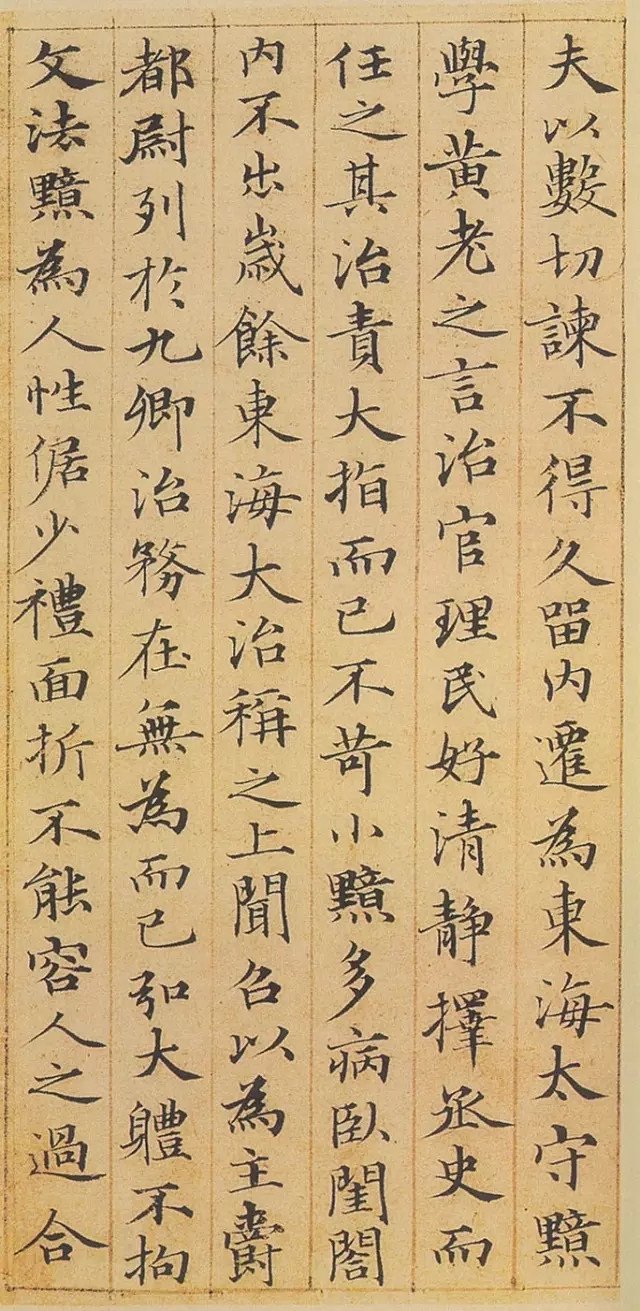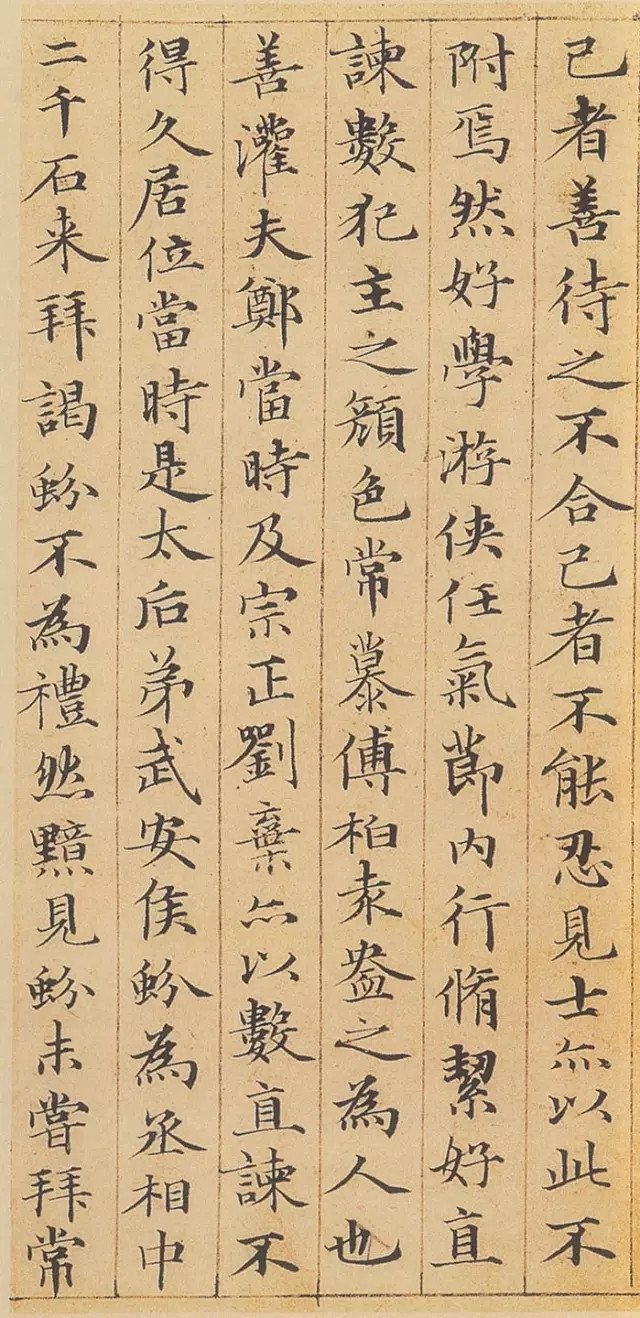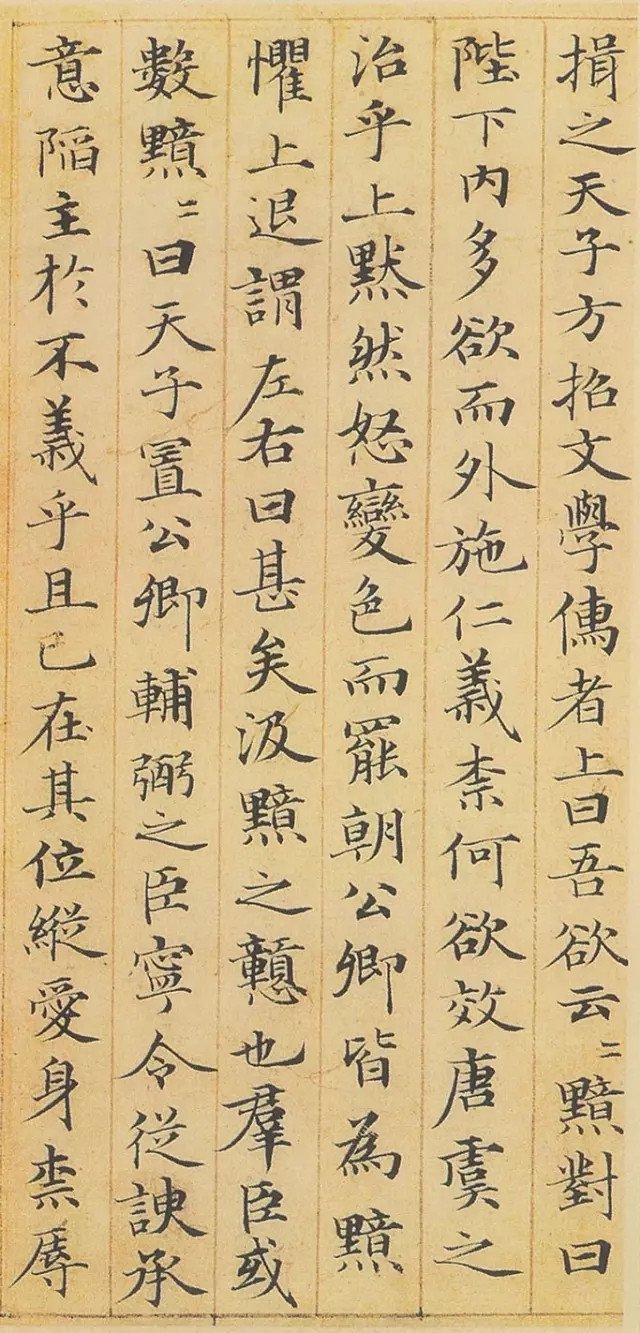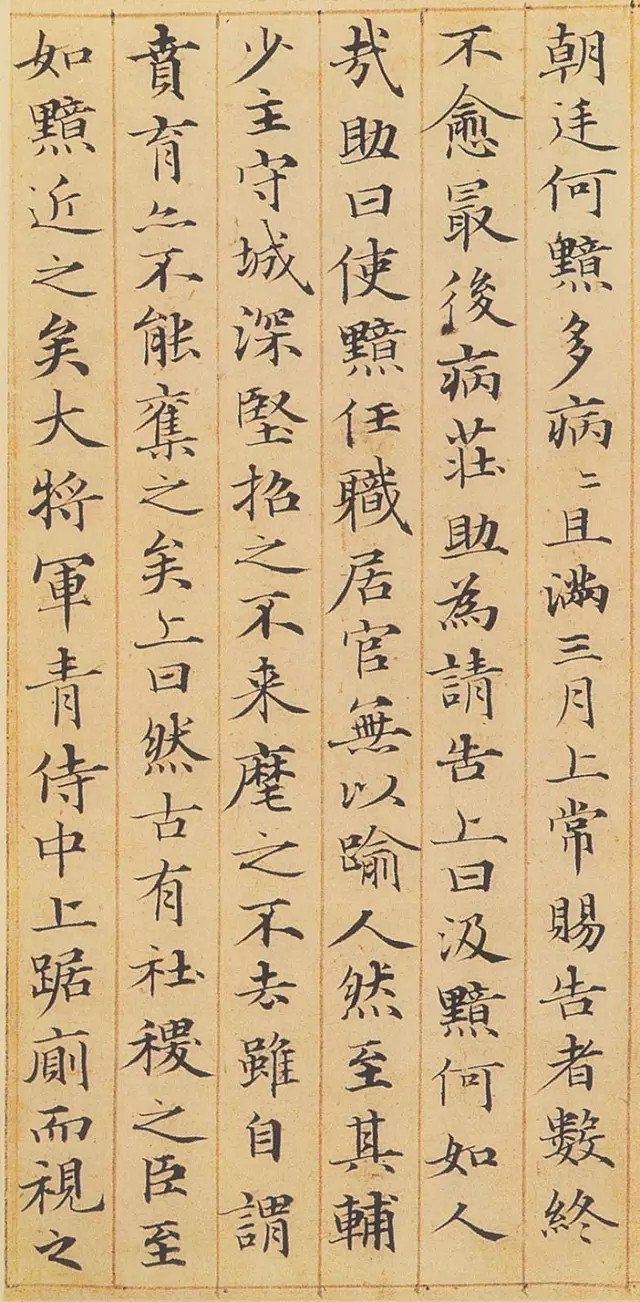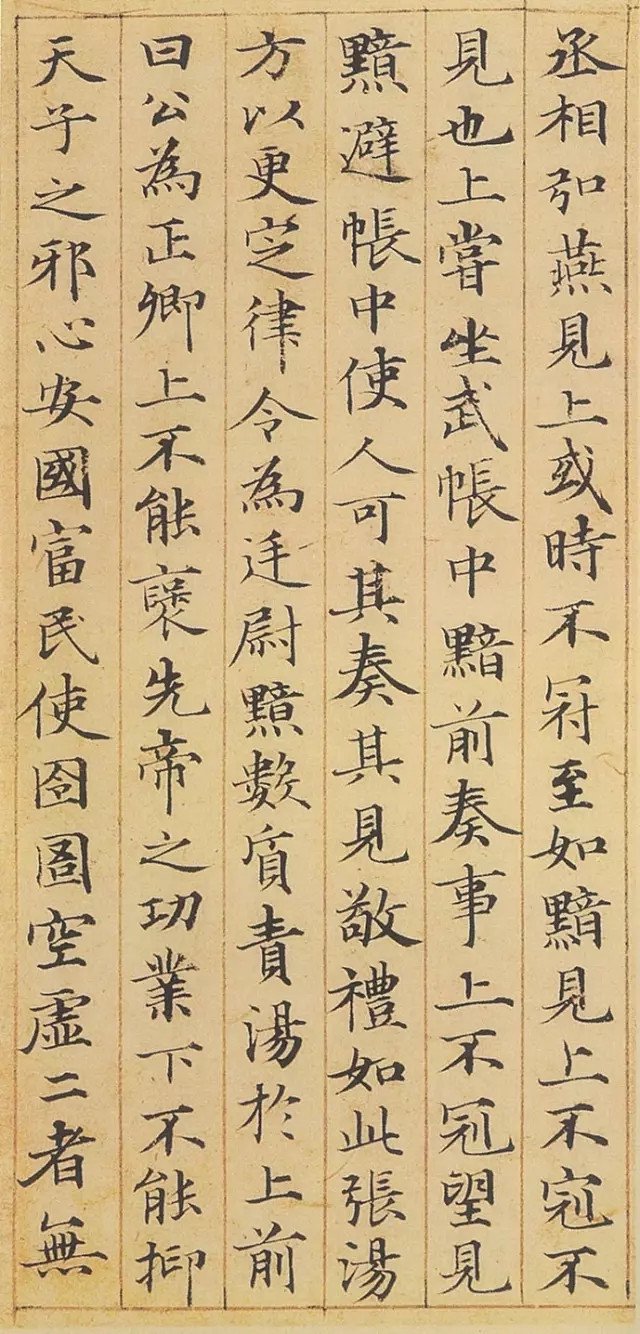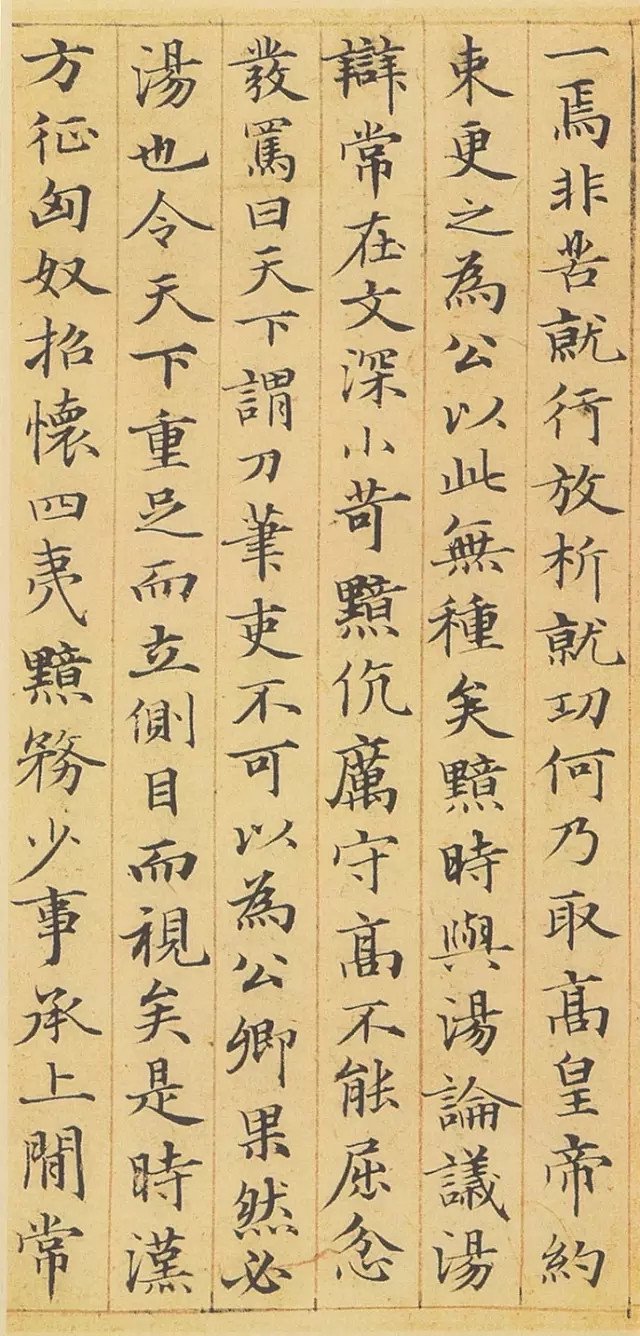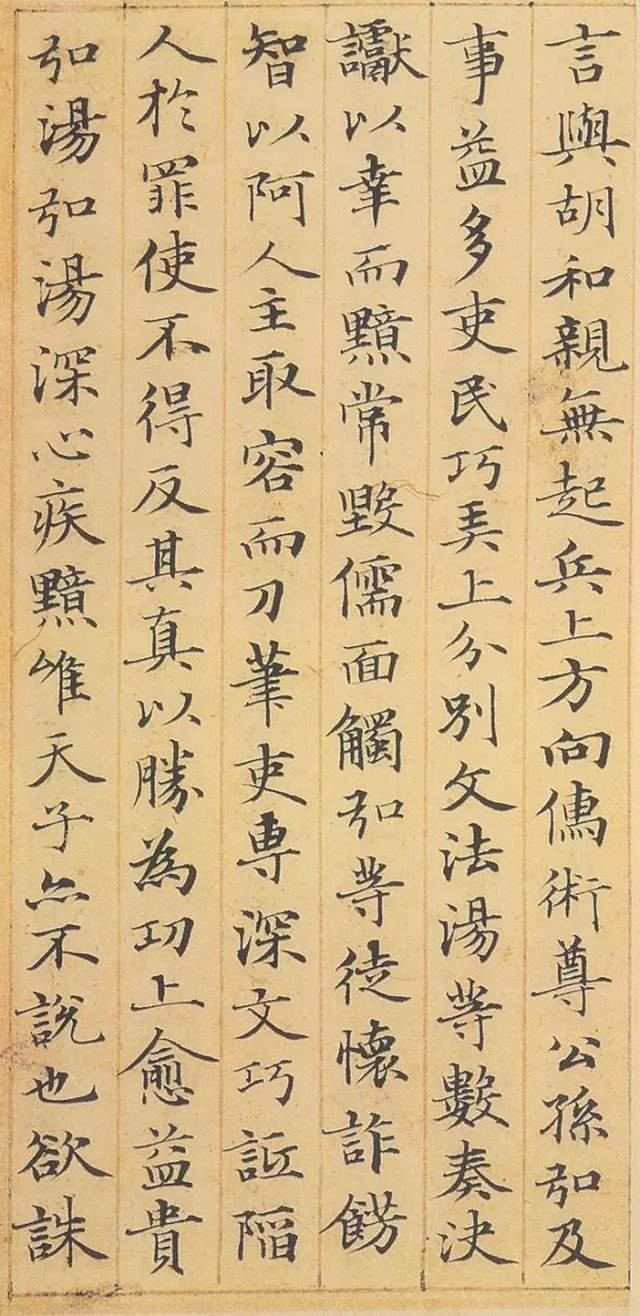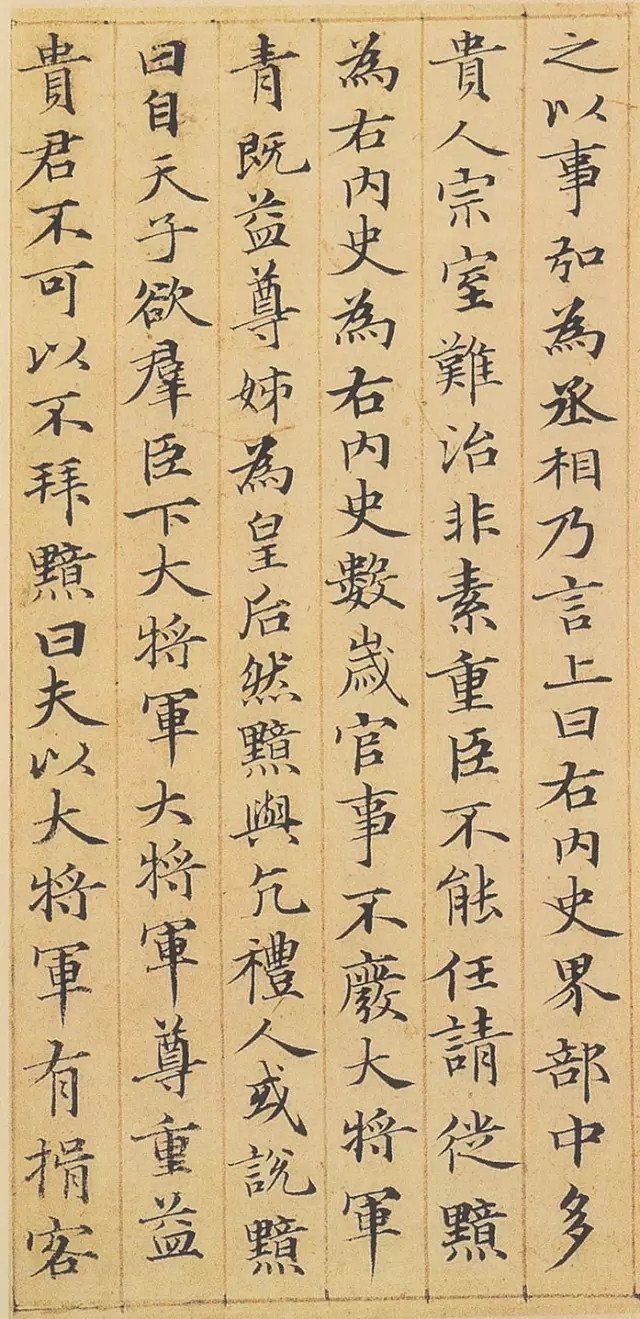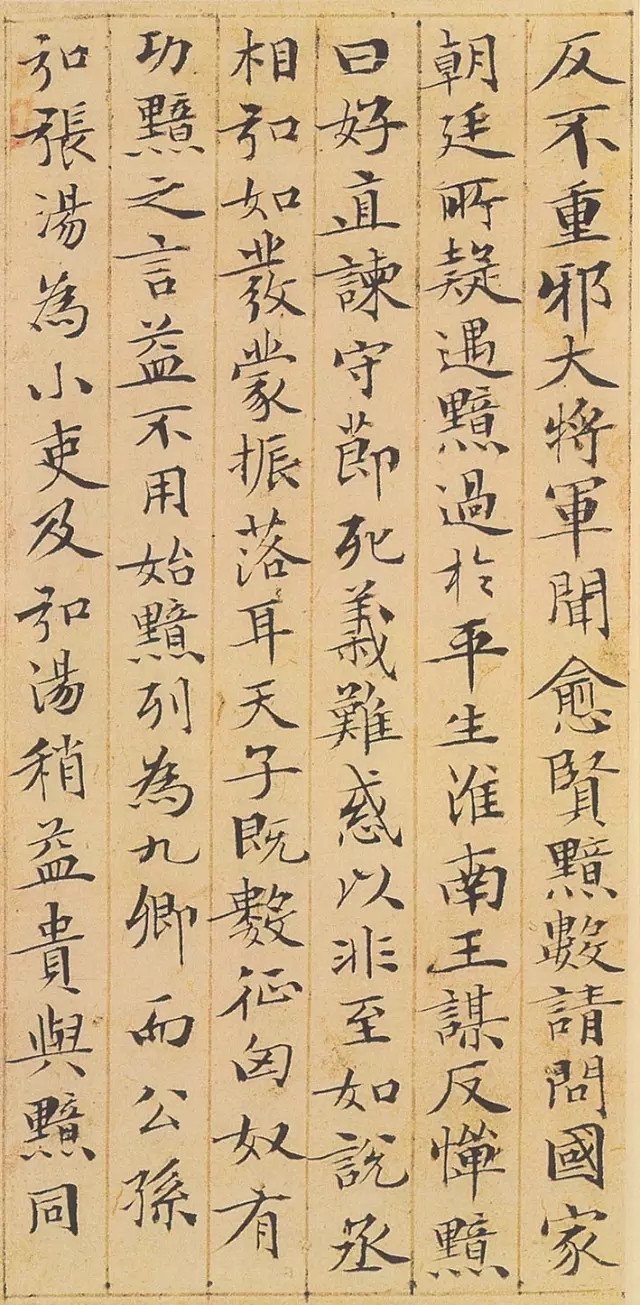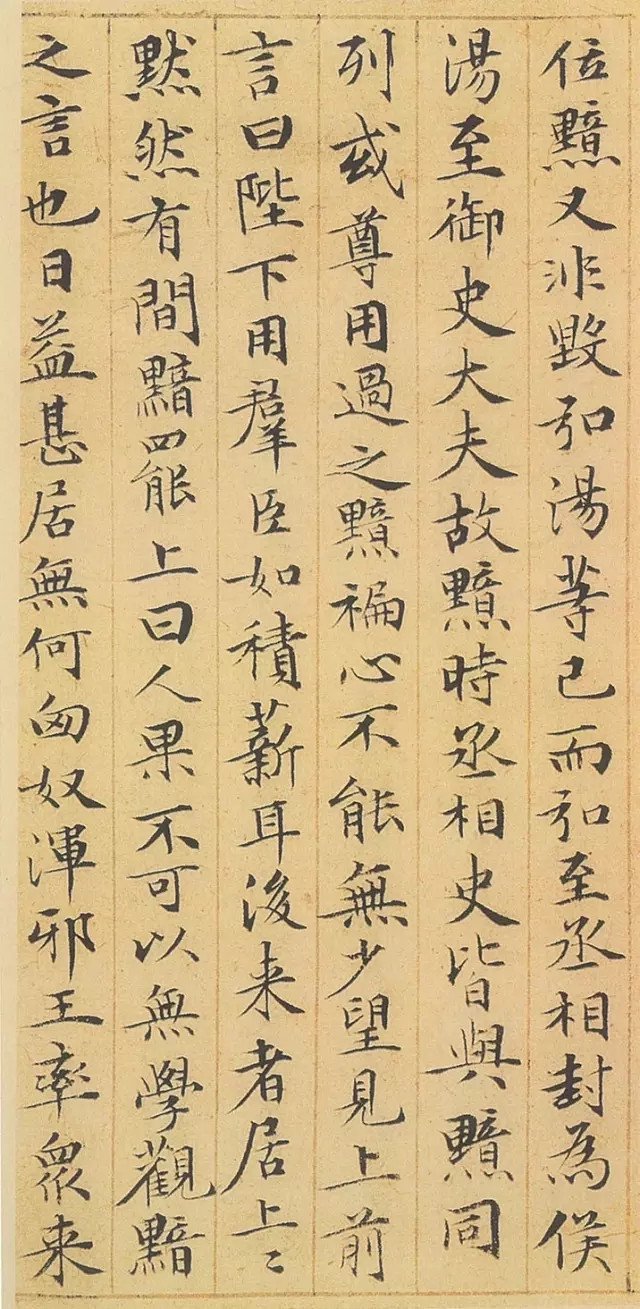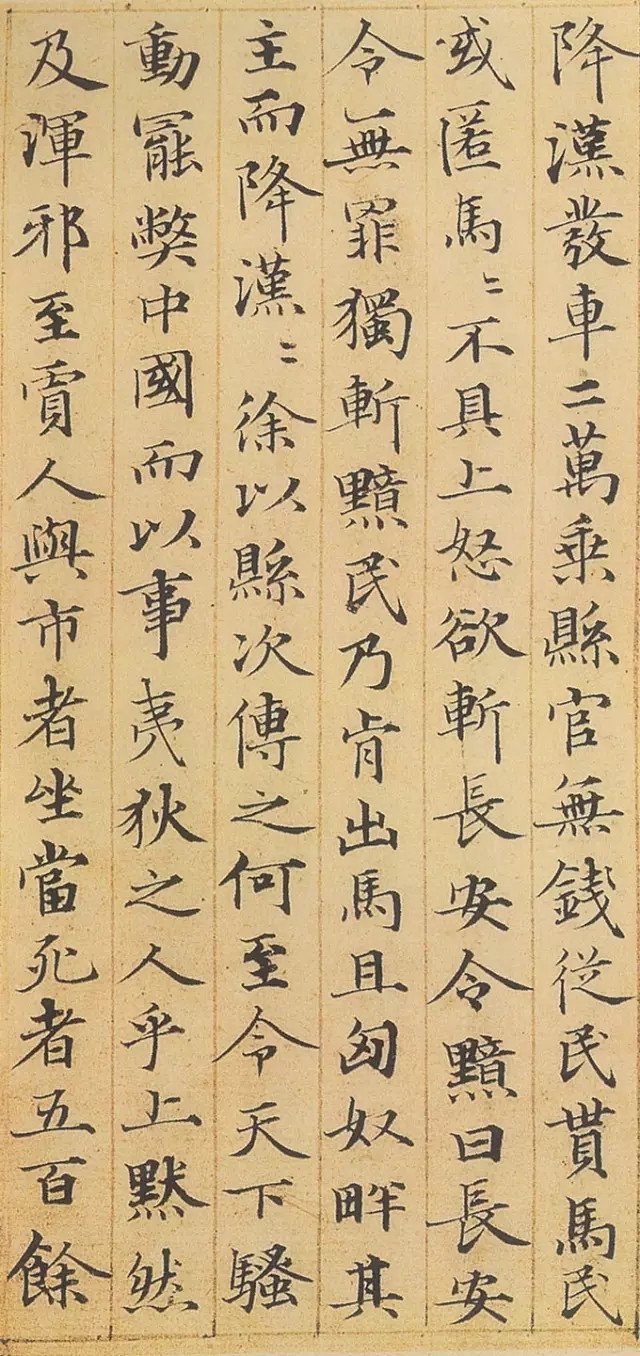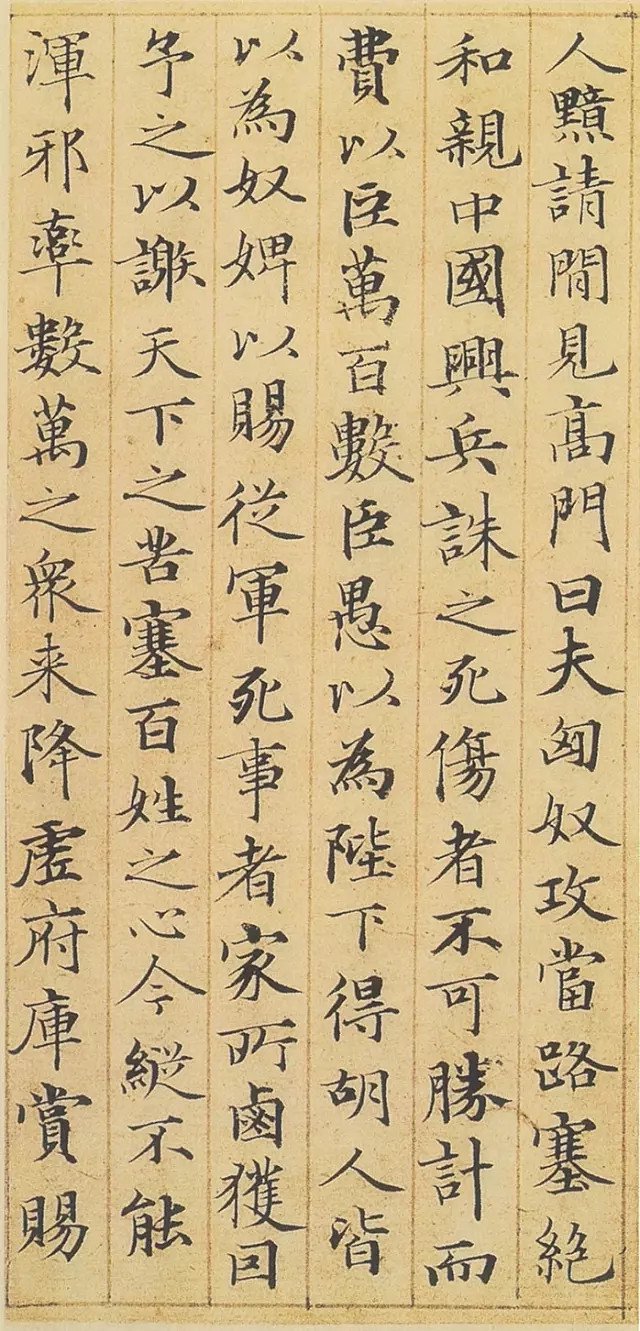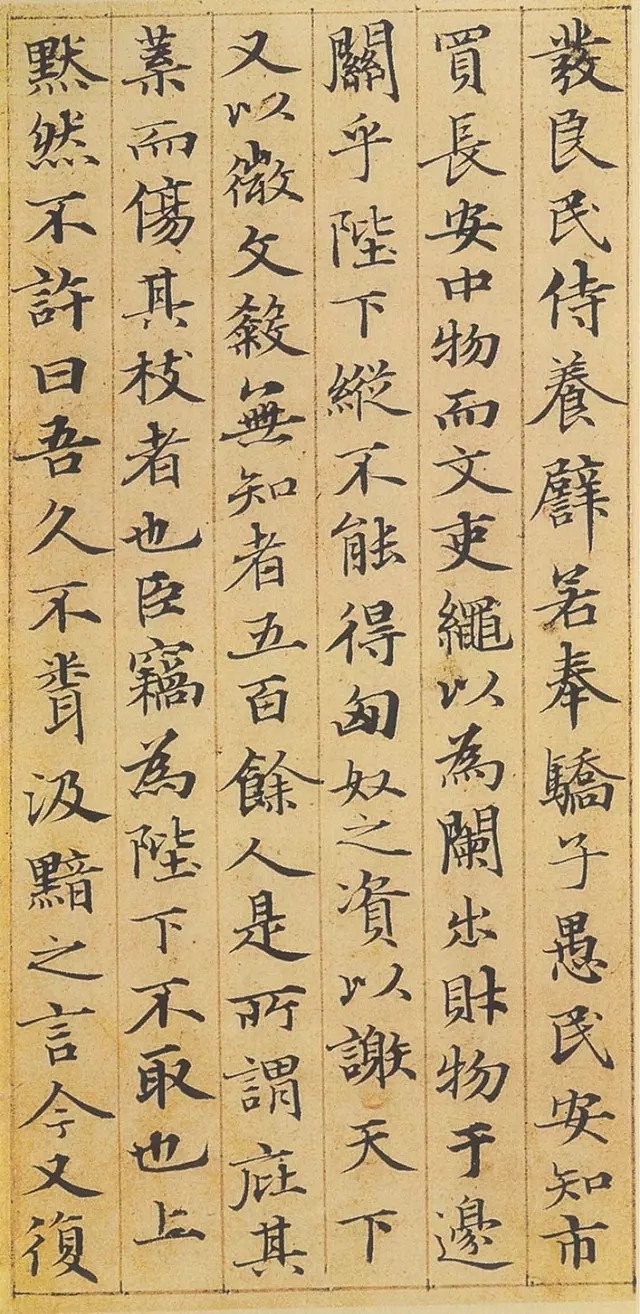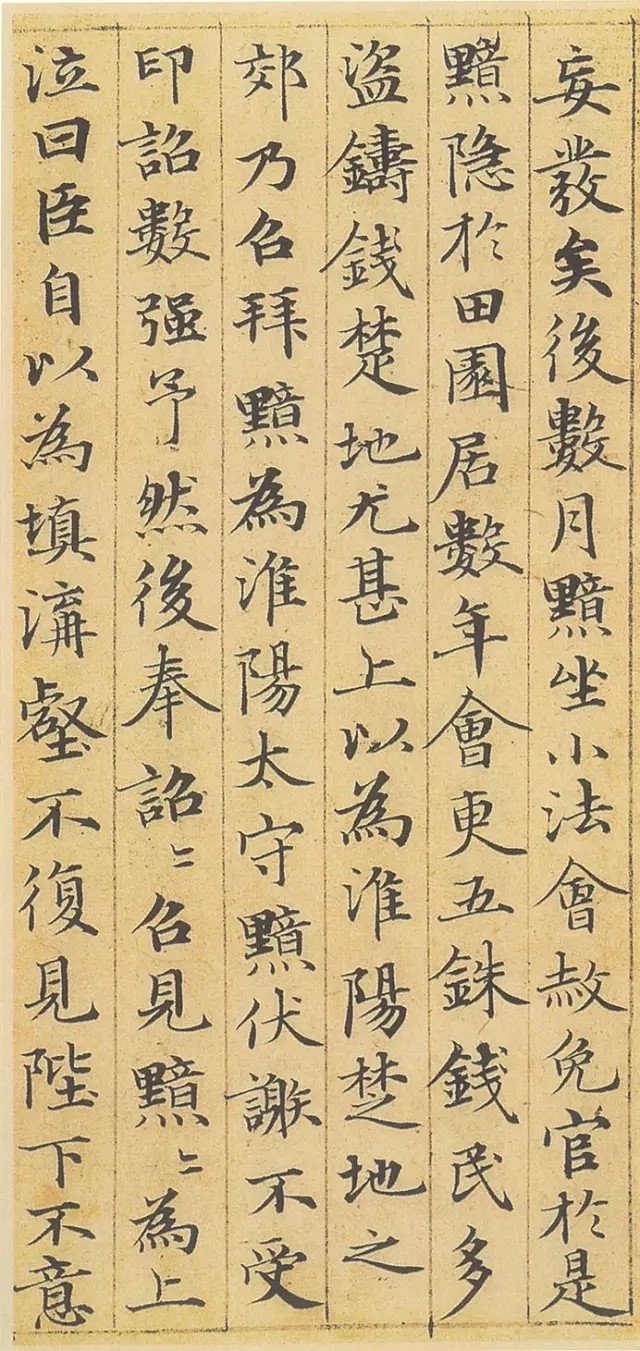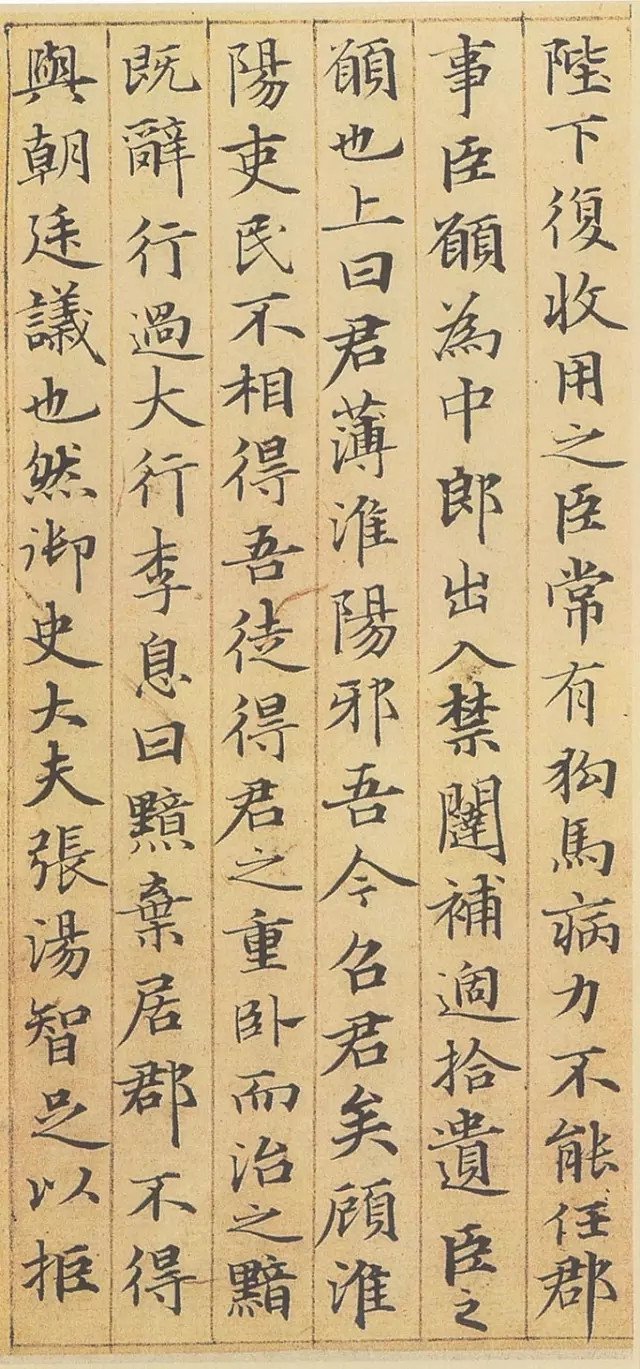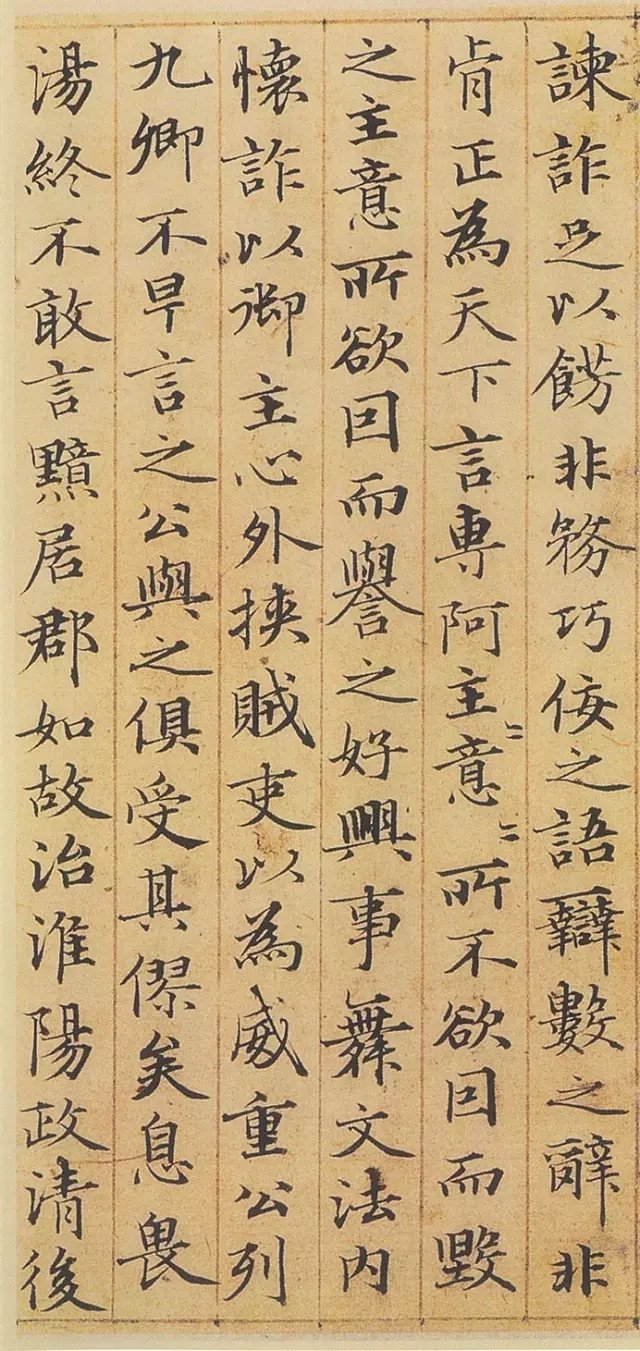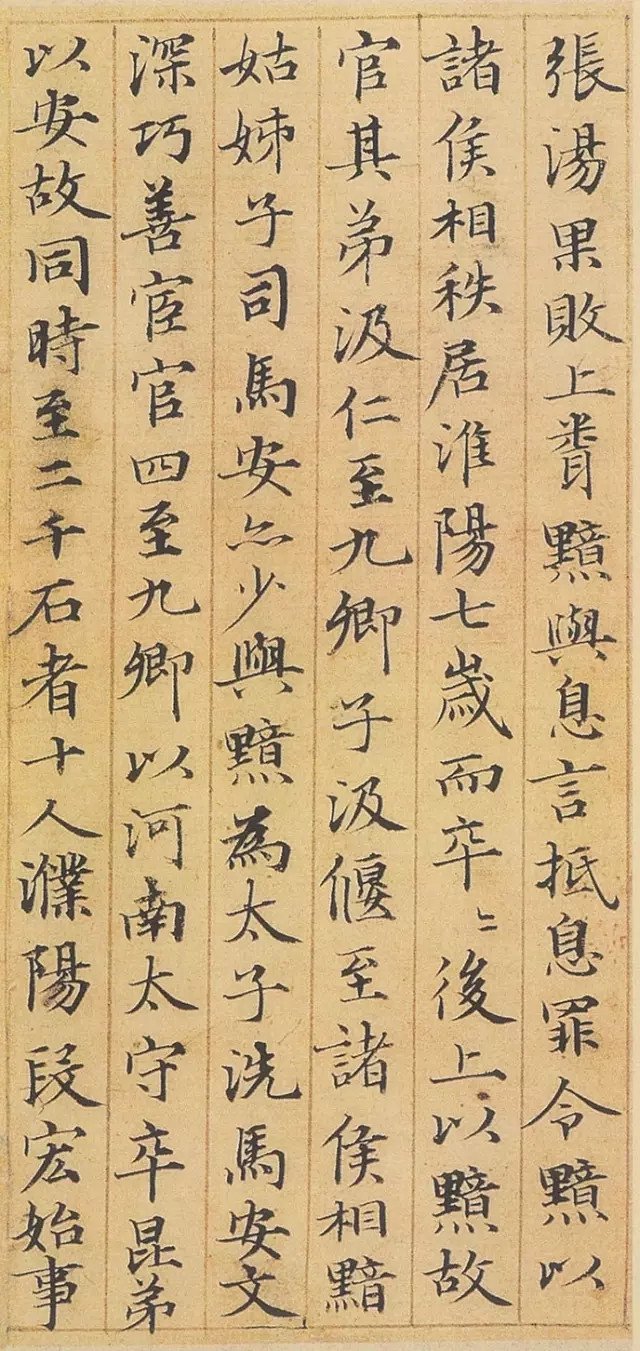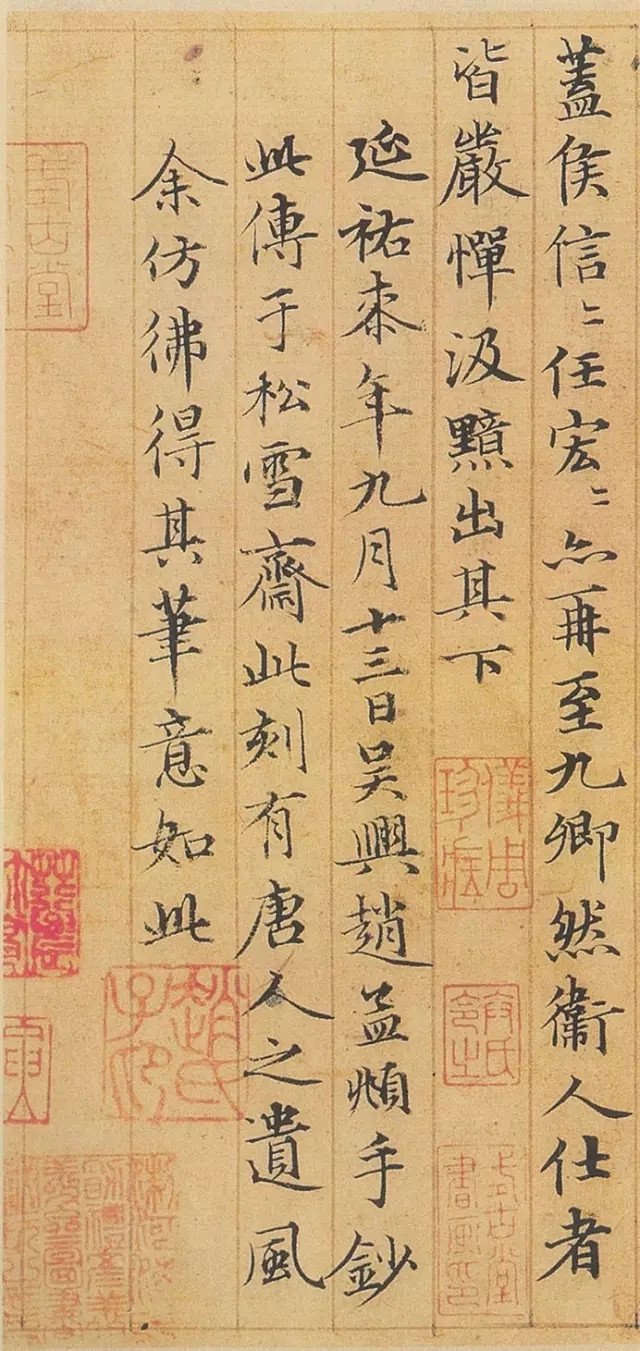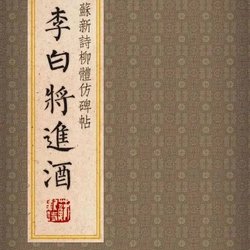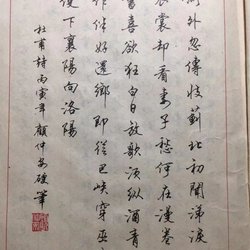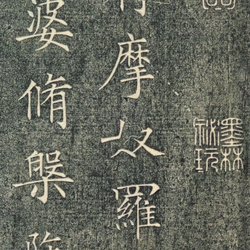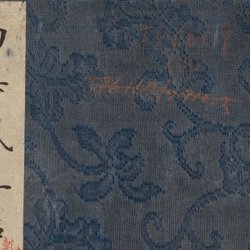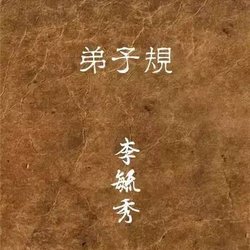Zhao Mengfu, born in 1254 and died in 1322, was a calligrapher, painter and writer in the Yuan Dynasty. His courtesy name is Zi'ang, his nicknames are Songxue Taoist and Shuijingguan Taoist. He was once Meng Fu in his middle age and was a native of Huzhou (now part of Zhejiang). Song clan, descendants of Qin Wang Defang, the son of Song Taizu. After the death of Song Dynasty, he returned home and lived idle. Kublai Khan, the founder of the Yuan Dynasty, searched for "Yiyi" and was recommended by Cheng Jufu. He was appointed as a doctor in the Ministry of War. Renzong loved and educated Li Bali in the Bada Dynasty (1311-1320). He became a Hanlin scholar and was granted the title of Duke of Wei. He was given the posthumous title of Wenmin. . Proficient in music, good at identifying ancient artifacts, and particularly accomplished in calligraphy and painting. He is good at seal script, Li script, Kai script, Xing script and Cao script, and is the best in ancient and modern times. Landscapes were drawn by Dong Yuan and Li Cheng; figures, pommel horses and horses were drawn by Li Gonglin and the Tang Dynasty; ink brushwork on bamboo, flowers and birds, all are famous for their round and green ink, using the flying white method to draw stones, and using calligraphy brushes to write bamboo.
He advocated reforming the style of the Southern Song Dynasty. He said that "painting should have ancient meanings. Without ancient meanings, the work is of no use." He followed the laws of the Five Dynasties and the Northern Song Dynasty. Commentators said: "It has the style of the Tang Dynasty people but with the splendor of the people of the Northern Song Dynasty." Get rid of the roughness." This created a new style of painting in the Yuan Dynasty. Able to write poems in a gentle style. He also works at seal cutting and is famous for his "Yuanzhu Wen". There are many handed down calligraphy works, and the handed down paintings include "Autumn Colors of Magpie Flowers", "Arhat in Red", "Young Horses in Qiu Gu", "Autumn Suburbs Drinking Horses", and "River Village Fishing and Joy". He is the author of ten volumes of "Collected Works of Song Xuezhai" (with one volume attached).
Many later generations learned Zhao Mengfu's calligraphy, and Zhao Mengfu's calligraphy was very popular in Korea and Japan. There are also excellent works in Zhao's regular script, such as "Sanmen Ji", which has a broad, profound and stable structure, smooth and rounded writing, and is most suitable for use as copybooks. Most of Zhao's handed down works are written in regular script, and most of them are written with exquisite penmanship and precise wording. For example, "Chibi Fu" can be regarded as a classic.
This article will present the calligraphy appreciation of Zhao Mengfu’s small regular script work "The Story of Ji An":
